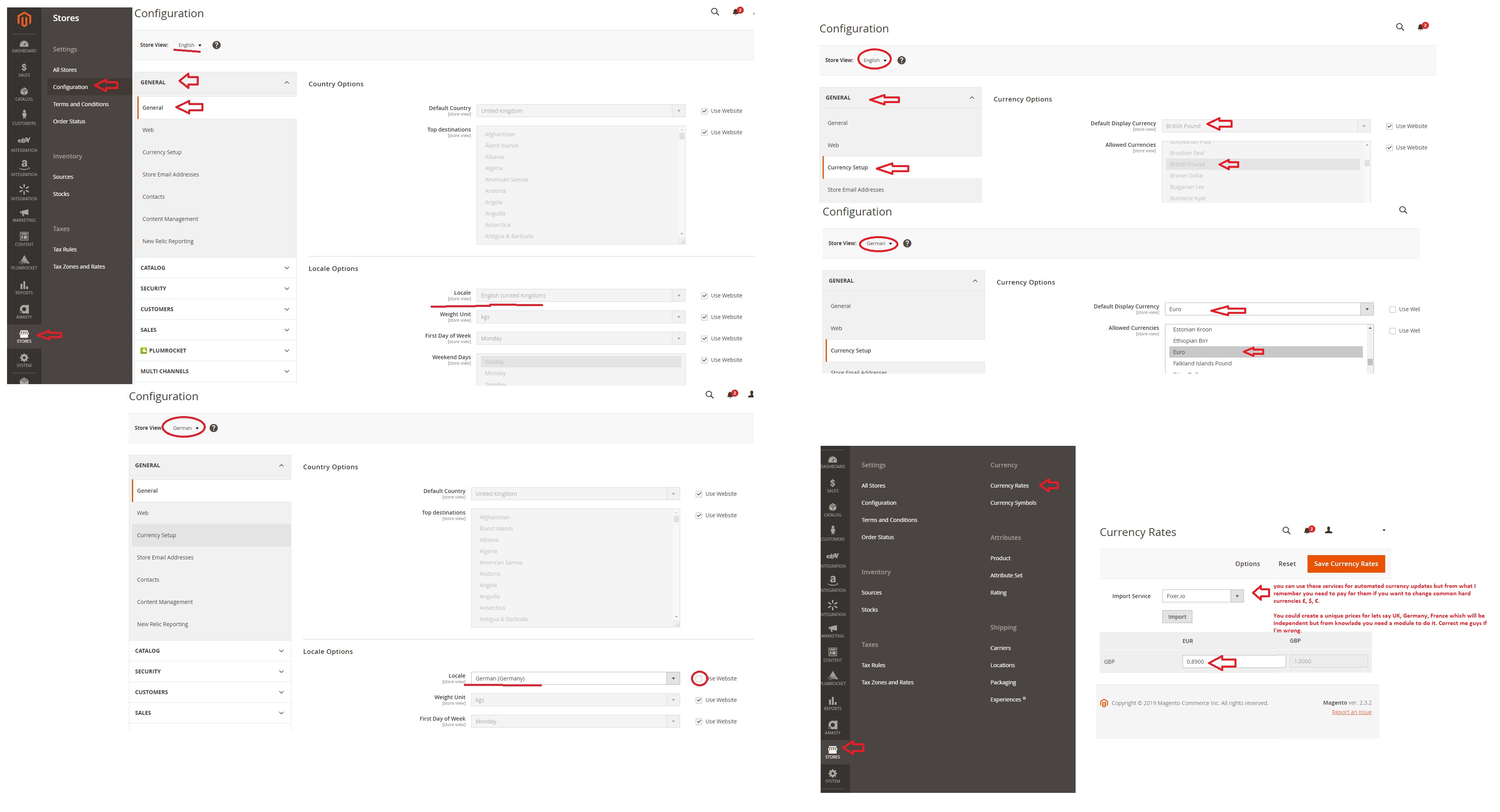

To do so, you or your Magento developers have to install so-called language packs - in our case, German and Norwegian - downloaded from Magento Connect. Within this concept, the Store View level is a place where languages, currencies, and designs are applied.Īfter the multi-store is created, you’d better add translations. The math is simple: one language requires one Store View creation. The first thing you should do is create two additional Store Views for each country. Let’s say you run a US-based Magento website and plan to expand to German and Norwegian markets. We’ll try to explain how the mechanism works. Luckily the platform is excellent for the job - its multi-store functionality provides launching multiple shops under one installation, and each store can be translated into its own language. The bare minimum required to localize the website is to add translations. If there is not so much room in your budget, start small and add changes to the extent possible. Please note that you do not need to do everything we cover in this article at once. This piece will give you an essential localization checklist and recommendations on adapting a Magento store for markets. But it could be time-consuming and potentially expensive, that’s why it’s crucial to develop a proper localization strategy from the very beginning.

✓ On average, every $1 a merchant spends on localizing their stores pays off with $25 in return ( Adobe).✓ More than 72 percent of consumers are ready to spend more time on online stores in their own language ( CSA Research).

Magento Localization Research & Statisticsīefore we dive into Magento localization ins and outs, let’s have a look at some statistics that may justify the efforts for your online store localization. However, localization most often requires additional Magento design and development work in order to adjust the site to be more country-specific. However, even in this case, it’s still advisable to localize the messages to ensure you are in line with the audience and local law. Translating the site may be enough when you target online shoppers from one cultural field (e.g. So it’s definitely more than just translating the site interface and product copies into required languages. When localizing, you build a site that, in terms of content, design, and features, is adapted to purchasers’ needs from certain countries and cultures.


 0 kommentar(er)
0 kommentar(er)
